Photography Lesson 2: Mastering Timing & Composition
The famous photographer, Henri Cartier-Bresson, talked about capturing the ‘decisive moment’—a unique, fleeting and meaningful moment in time.
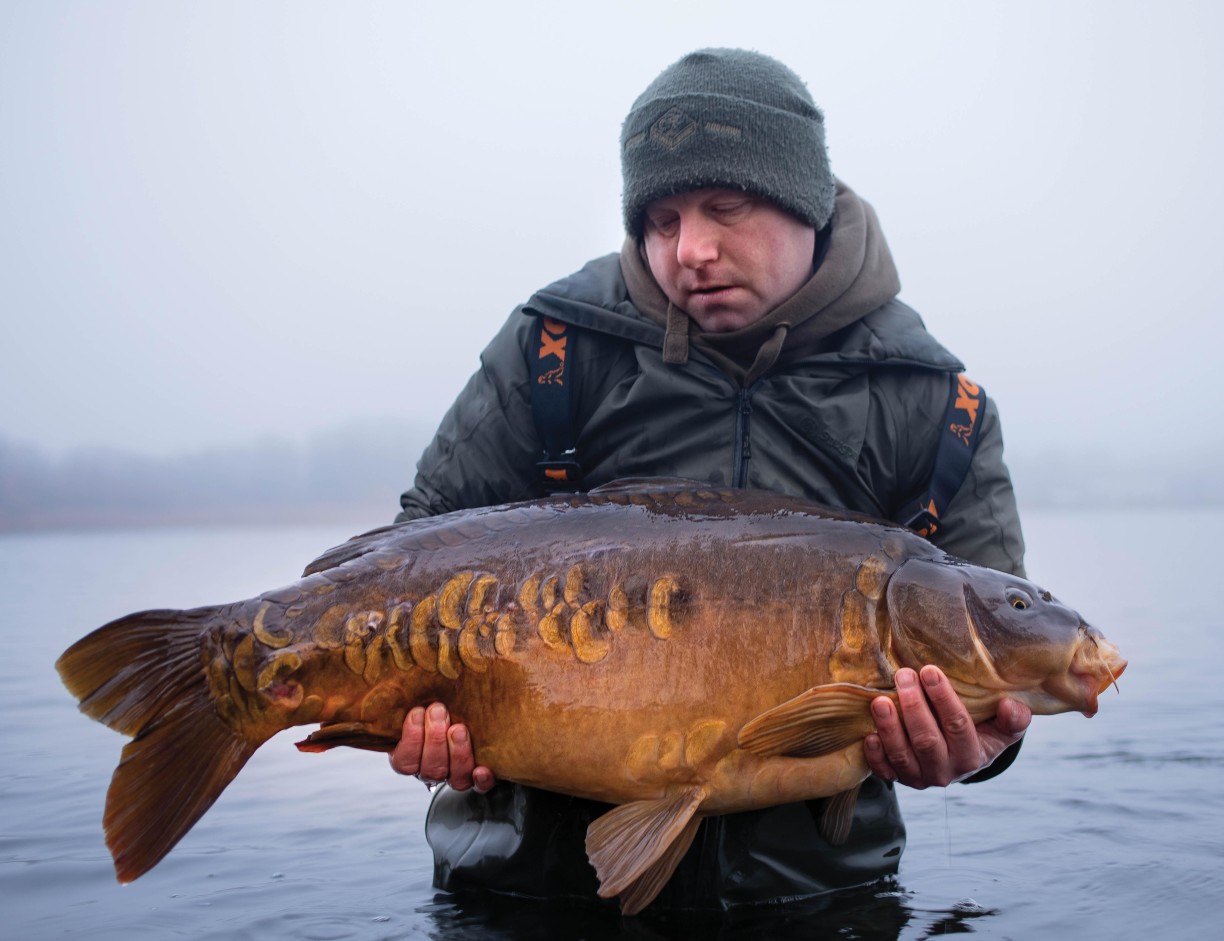
Timing Is Everything
Make sure you keep your camera primed for moments that tell the story; capture a precious memory that will live long in the photo album. Keep taking shots in anticipation of the decisive moment your mate realises they’ve achieved the dream and a huge smile appears on their face
Obviously, you should avoid clicking when the angler has their eyes closed or is pulling a weird expression, unless the carp fever means they always look like that. Talk to the angler: tell them where to look, if they need to hold the fish higher or lower etc., if their wader straps are twisted, or they’re having a terrible hair day. Wait for the light to be just as you want it. Keep the carp in the sling until the rain has passed, although extreme weather can produce interesting photographic results. We all love a snow carp!
Another key element with regards to timing is photographing the whole experience, not just the poses with the fish. Keep your camera in hand, looking for pictures that capture events from a different perspective.
And don’t forget to keep clicking until the end. Everyone loves a celebration shot
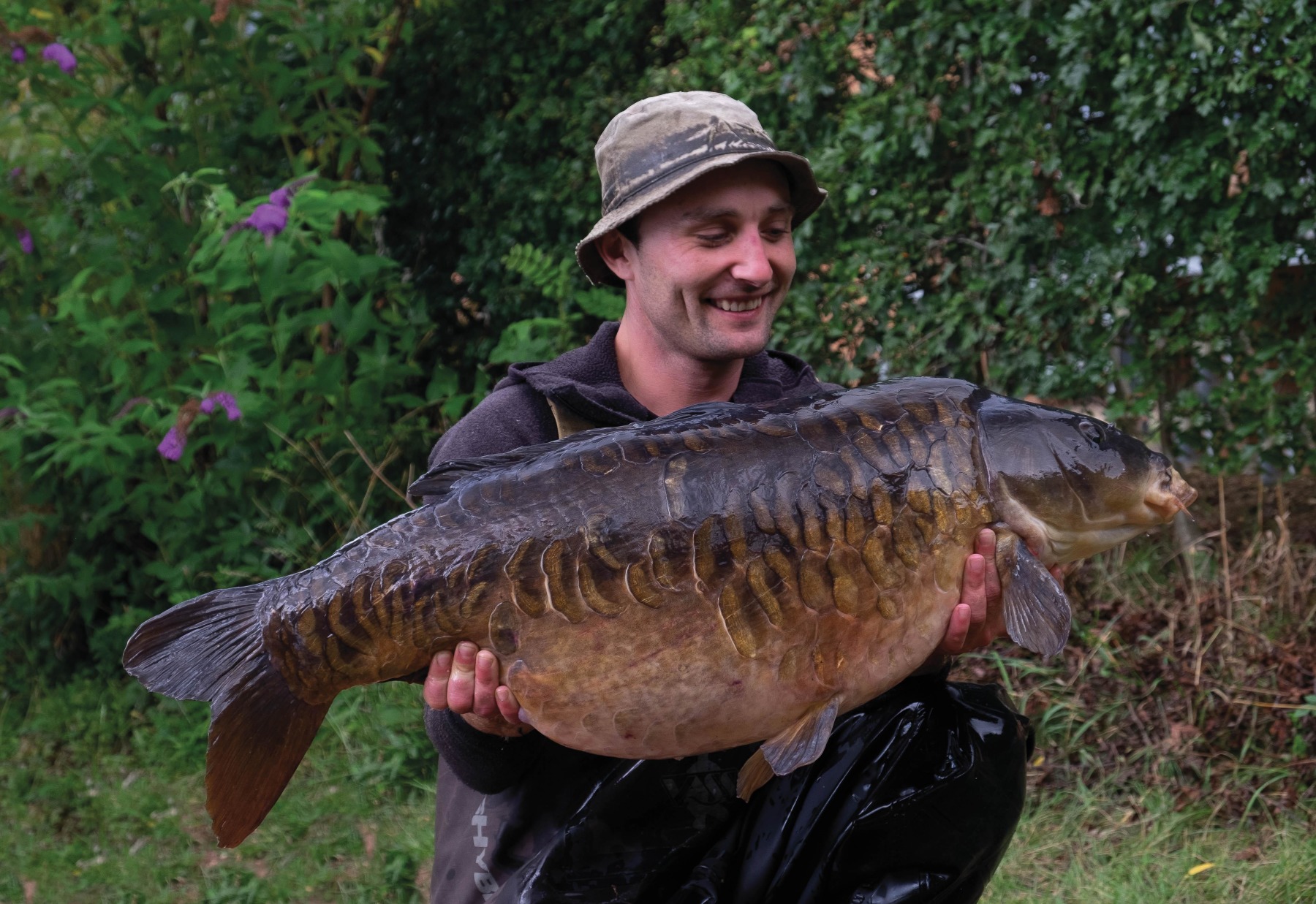
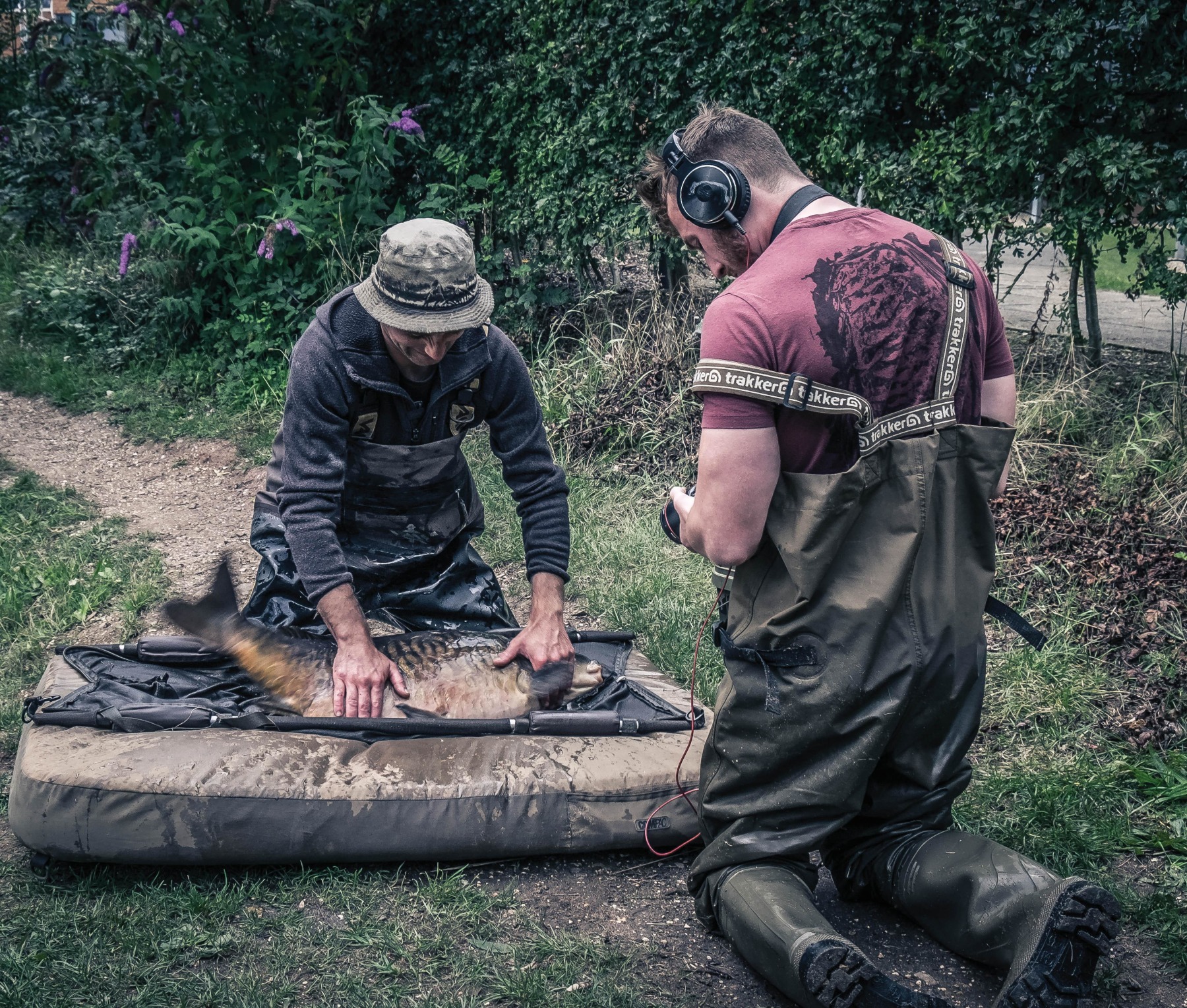
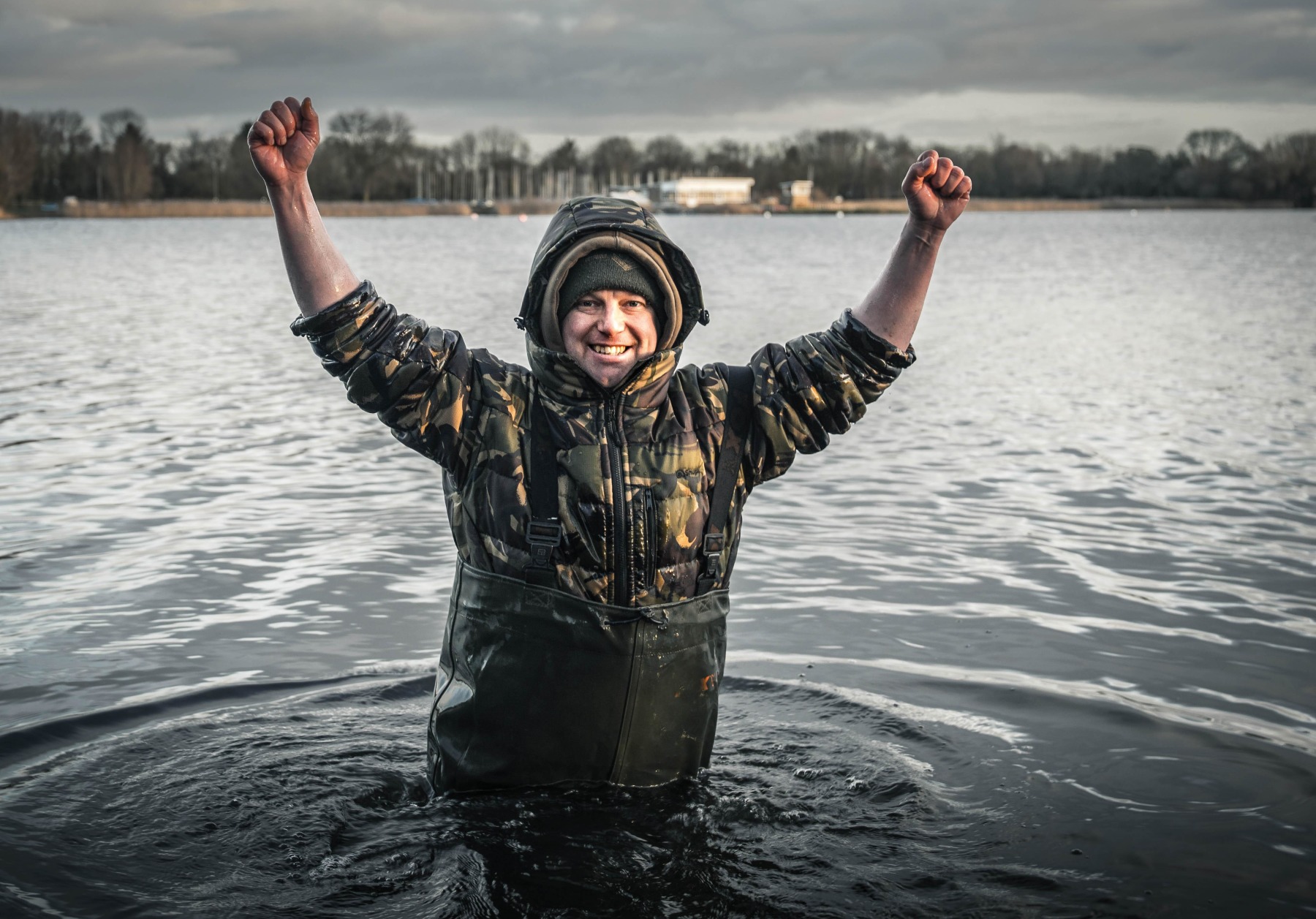
COMPOSITION
There are lots of concepts and ideas about what makes a successful composition in a photograph, and it’s worth familiarising yourself with some of them.
Rule of thirds
There is a school of thought that says your subject should not be smack bang in the centre of your image, but around 1/3 of the way from either edge or the top or bottom of the frame. Try composing your shots so the head of the angler is on the top third line and the fish on the bottom third line.
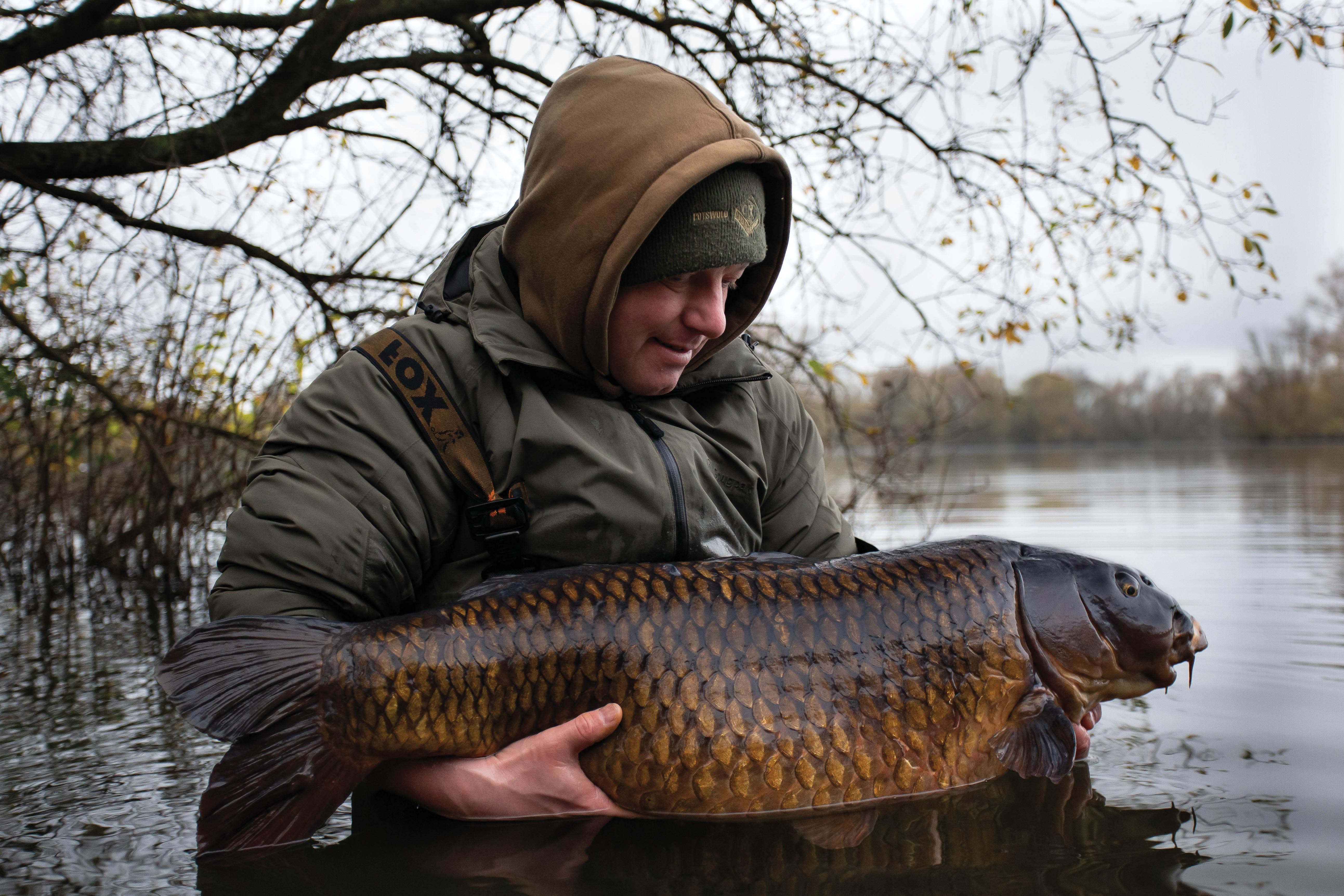
Negative space
Many popular catch photos are in the water just before the fish is released. With the fish and angler facing out into the lake, you can create a sense of scale and depth to your photo by placing the angler on one side of the frame and lots of what is called negative space on the other side.
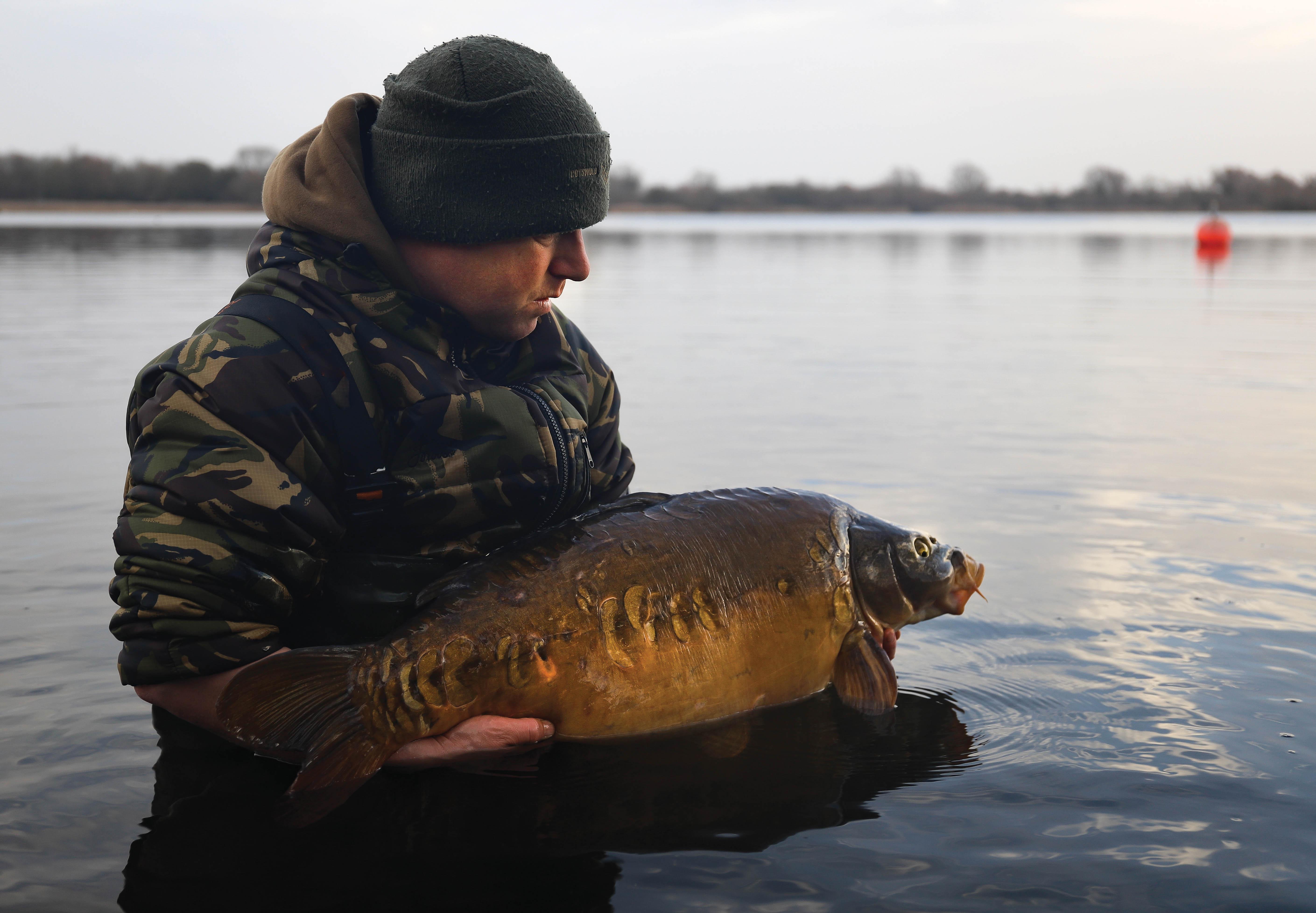
Leading lines
Leading lines is an idea for drawing attention to the subject of a photo using lines that take your eye in a particular direction.
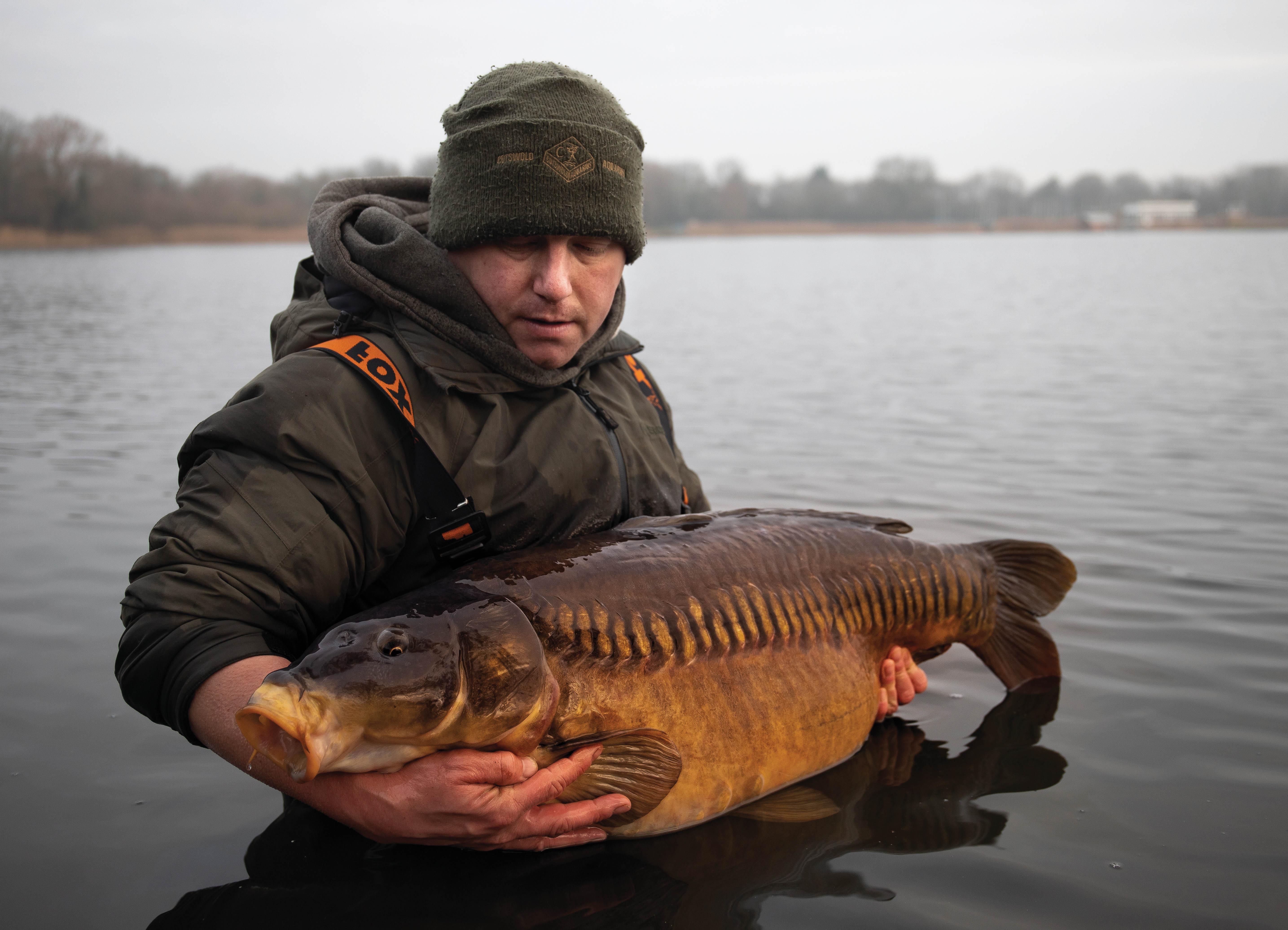
Colour
Learning the basics of colour theory is useful, for example which colours complement each other, either because they are similar or a pleasing contrast.
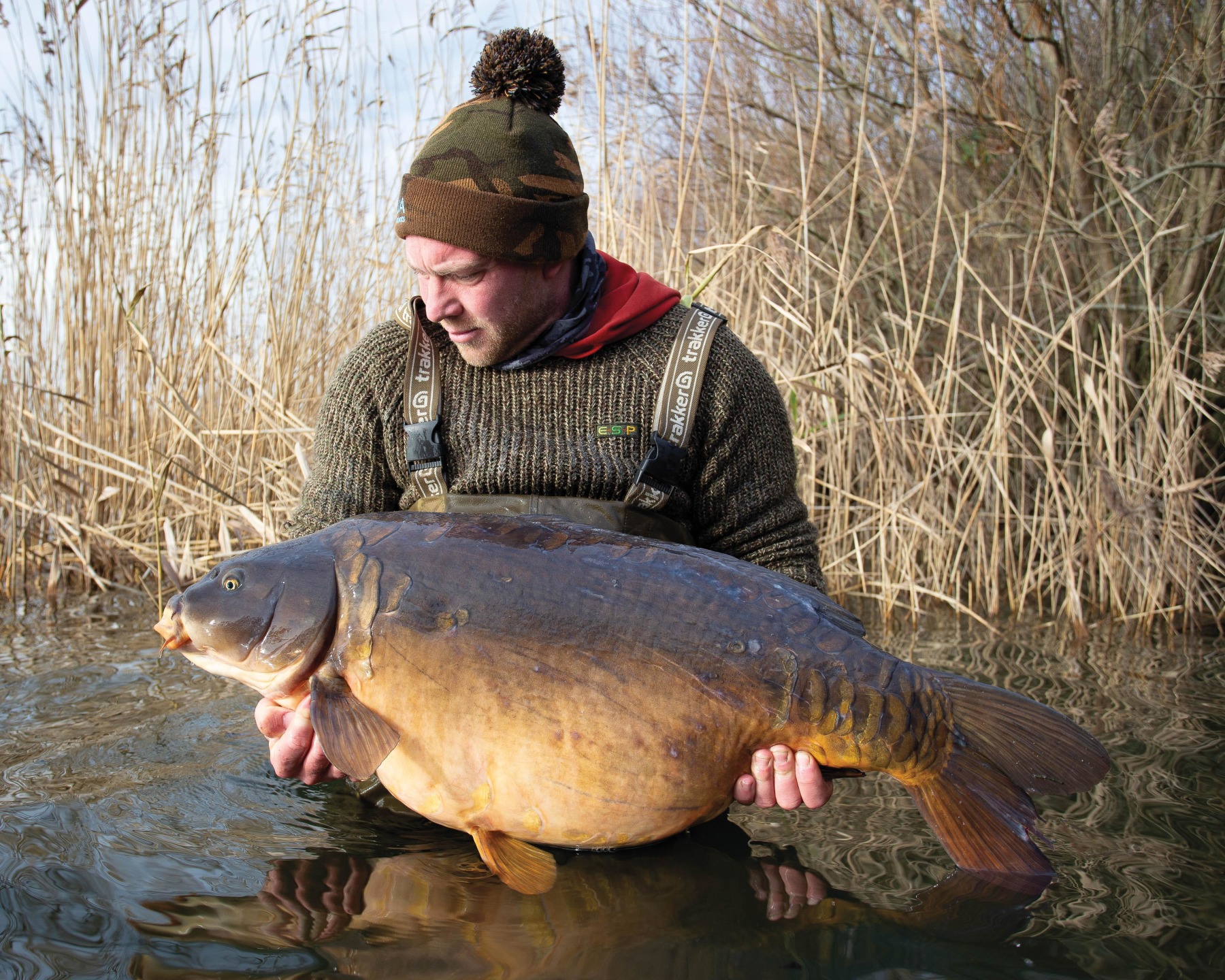
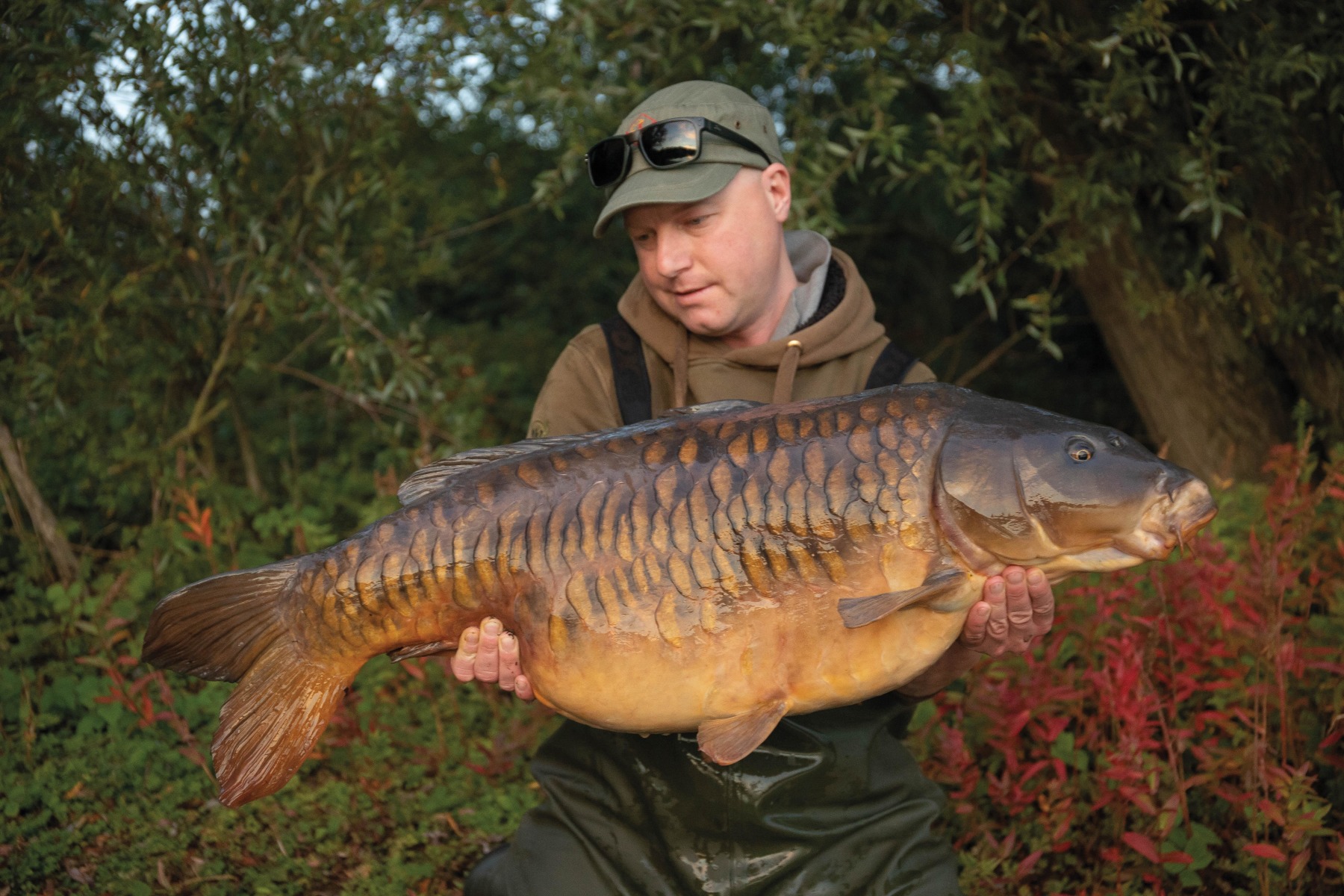
Isolating the subject
A shallow depth of field/focus isolates and highlights the subjects by creating a blurred background (called bokeh by photography nerds).
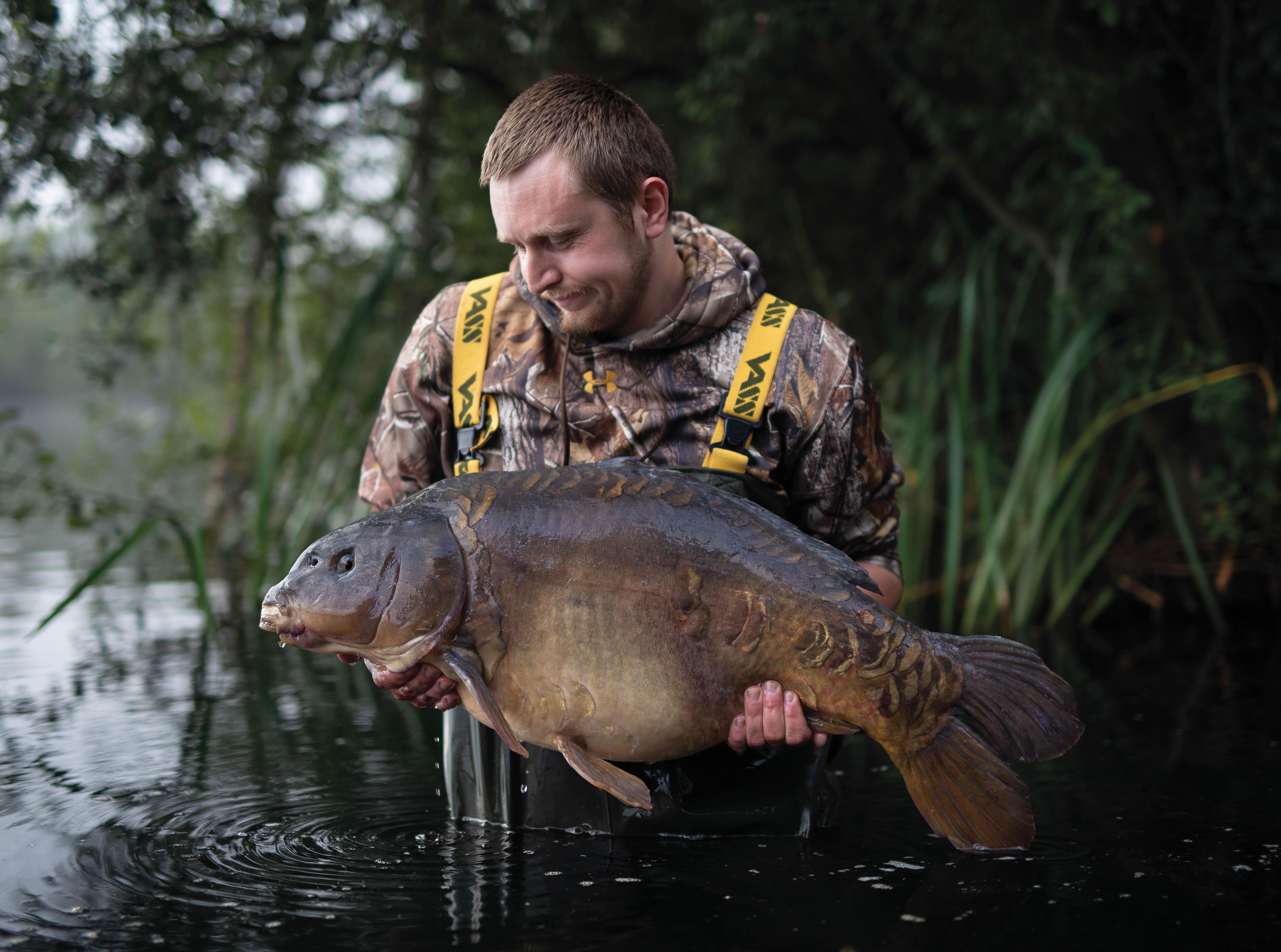
Framing
Most carp capture photos are taken in landscape format, but don’t forget square and portrait format.
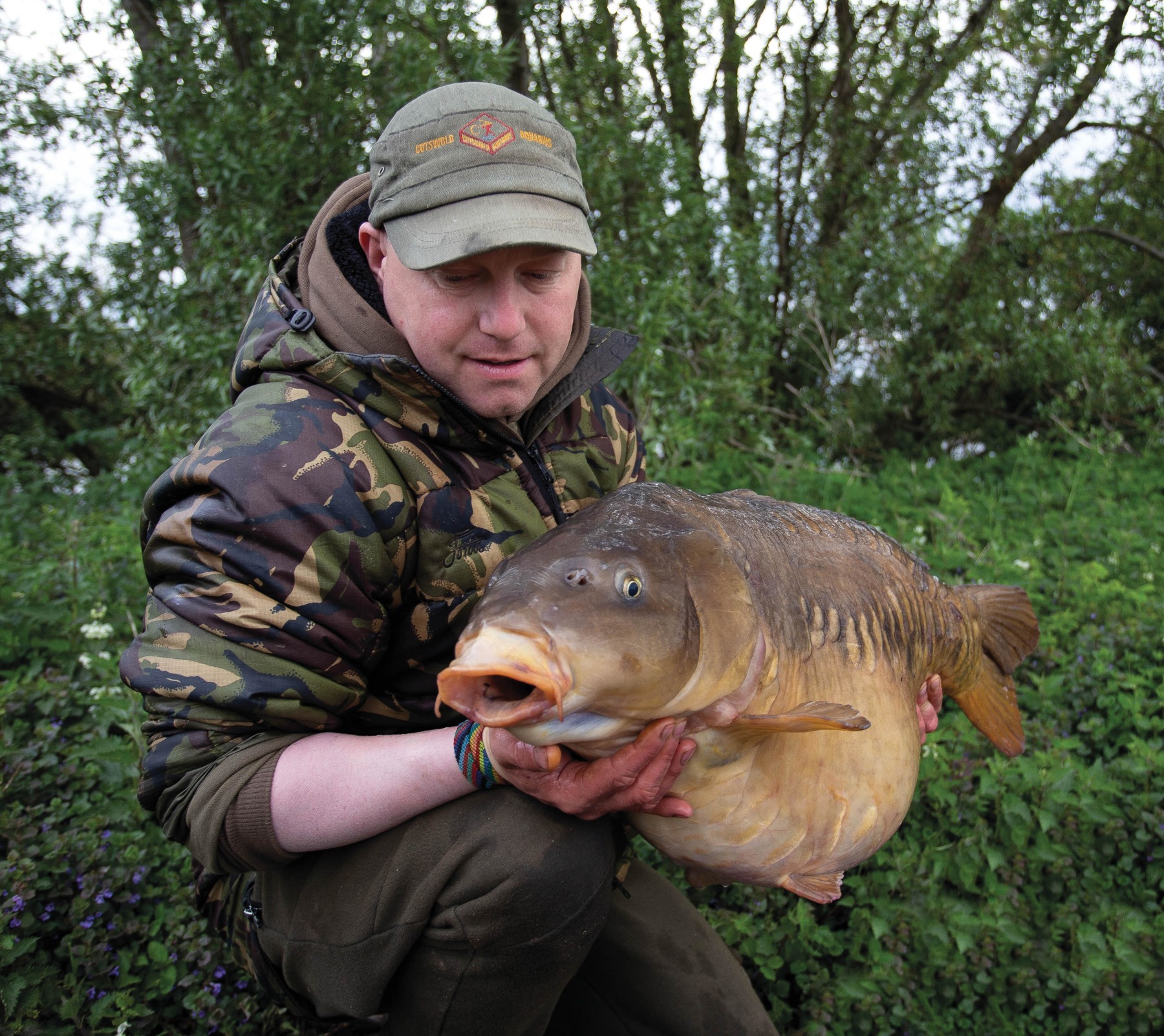
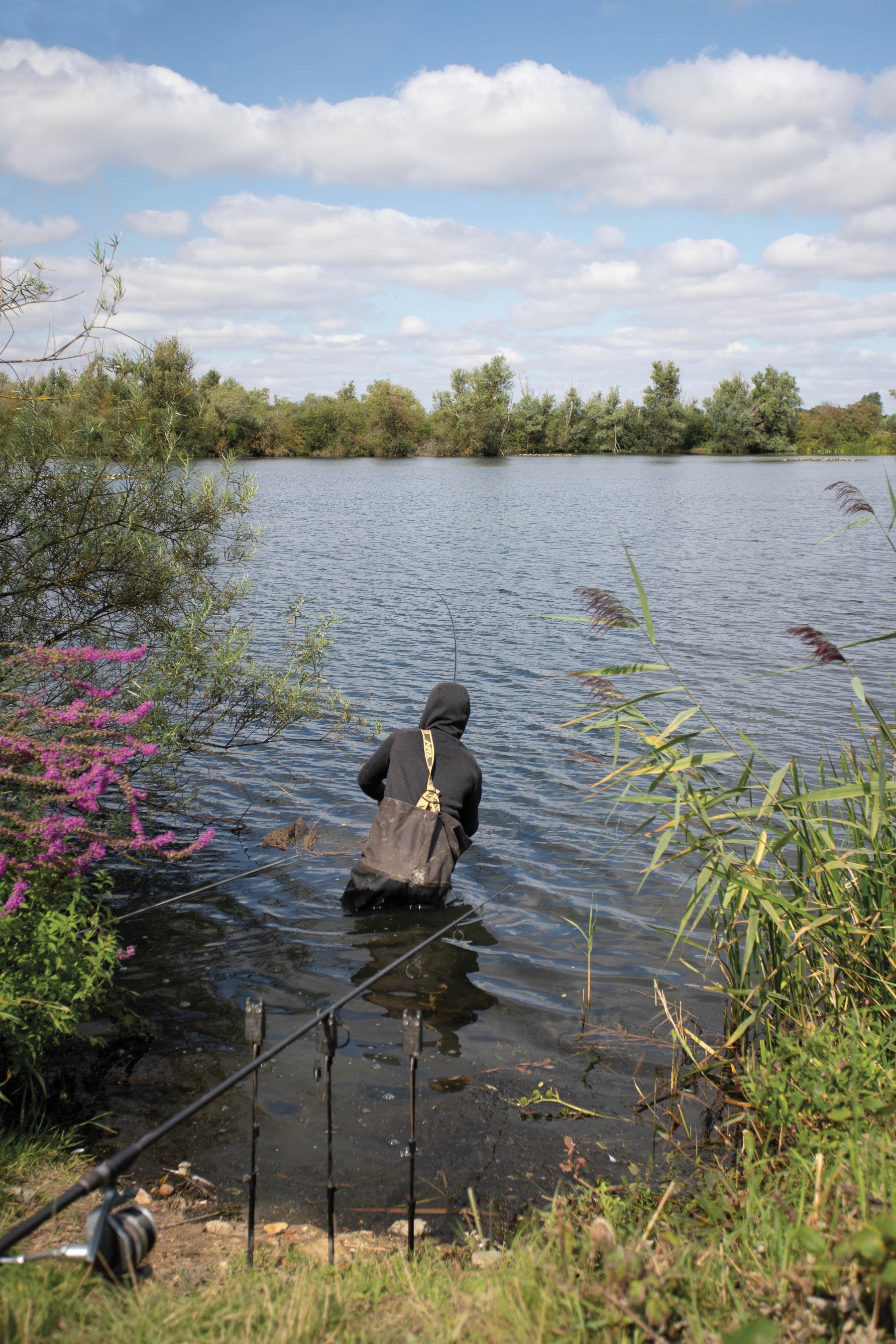
Eye lines
We are naturally drawn to the eyes of a human subject and tend to follow the direction in which they are looking. A solid approach is to ask the angler to look down at the head of the fish, which directs your gaze in that direction too. Another option is to get the angler to look directly at the camera. This is always very engaging to the observer but tends to distract from the fish as the prime subject of the photo. When the angler is looking at the fish, the observer takes on the role of ‘voyeur’ looking at something perhaps more personal, a special moment between angler and fish, rather than a ‘look at what I caught’ vibe.
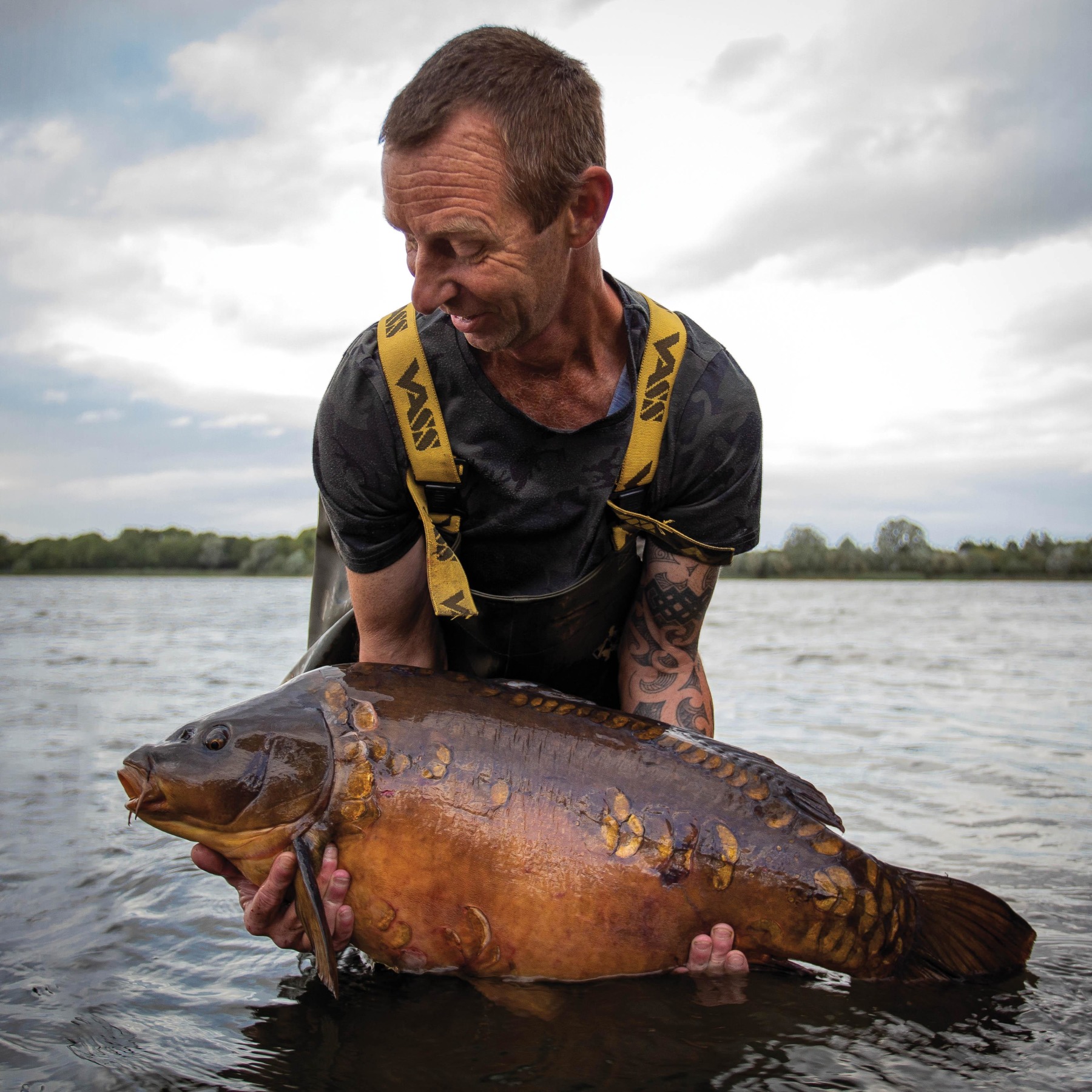
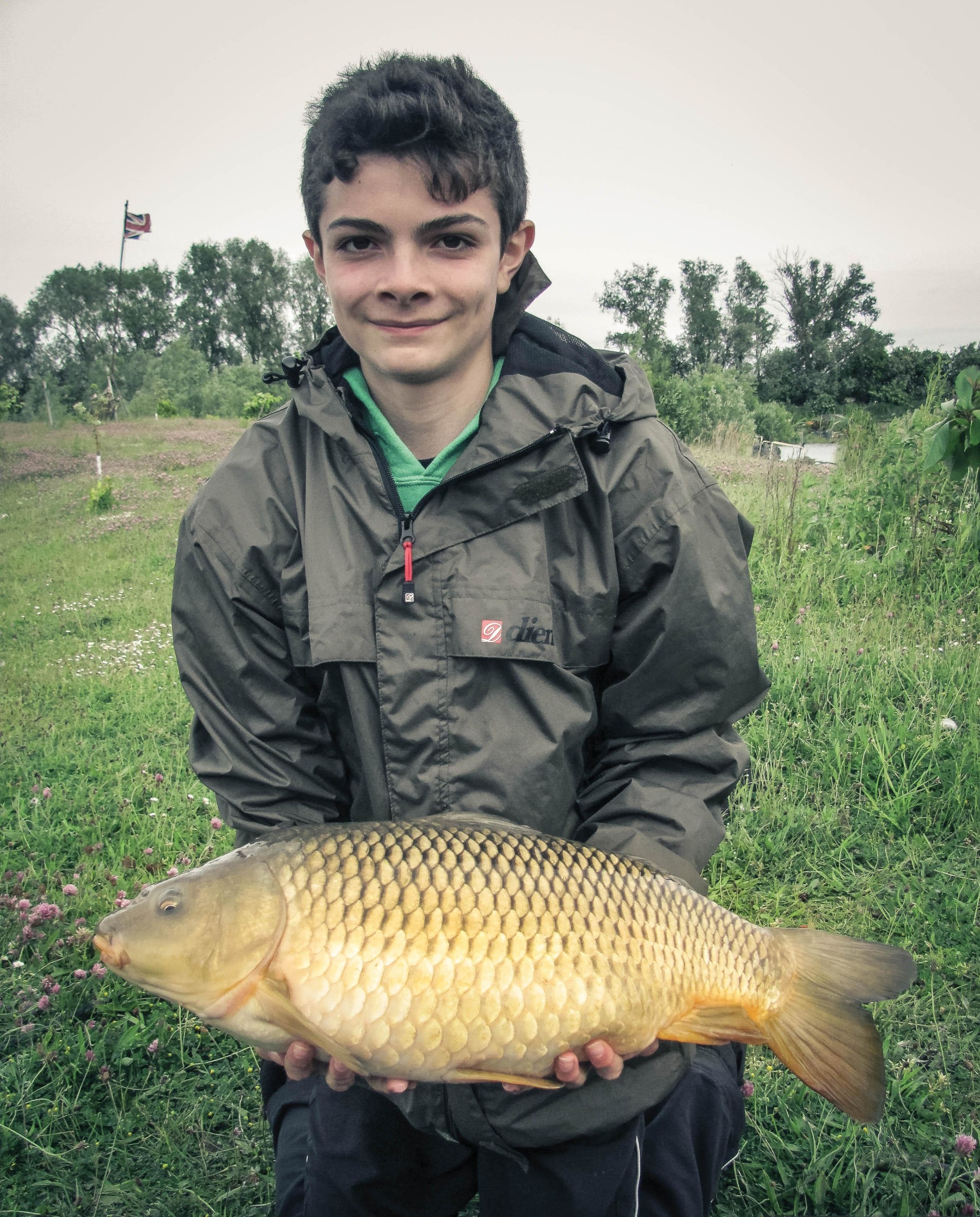
Dynamic tension
Dynamic tension is created when different elements of an image take your eye in different directions. An example of this is when you take a shot with the fish facing in one direction and the angler another.
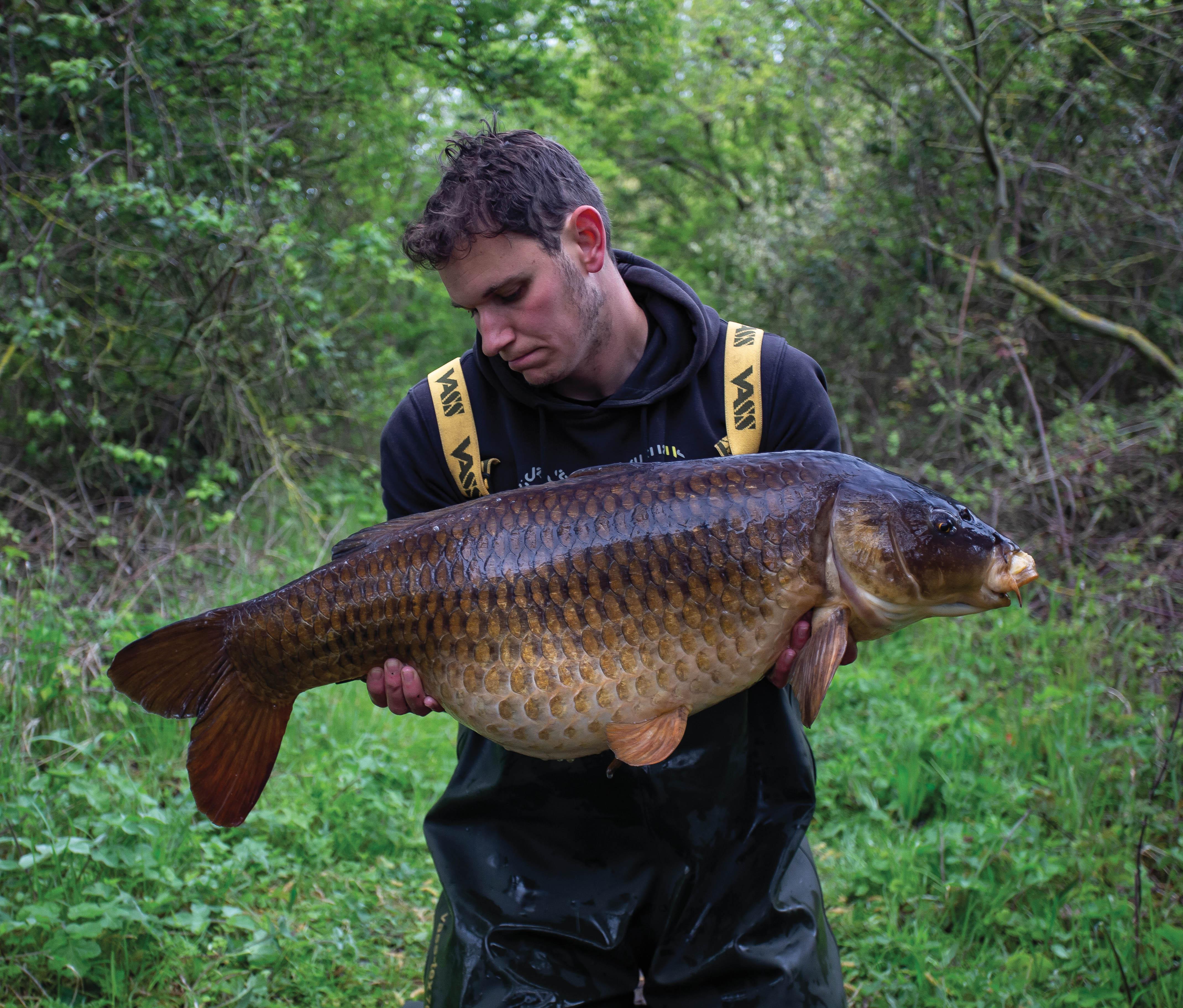
Contrast
Contrast is a key element of photography and refers to the distribution of tones from black through to white in a photograph. You can make good use of this idea in capture photography, for example, when you choose your background. In the photo of Erik with a St Ives Meadow Lake chunk, a high contrast effect is created by placing them against a bright sky and its reflection in the water.
In the photo of Max with a superb common from Shallow pit, there is contrast in both the brightness of light on the subjects compared to the background, but also a contrast of colour between the green bushes behind and the brown hues of the fish and Max’s hoody.
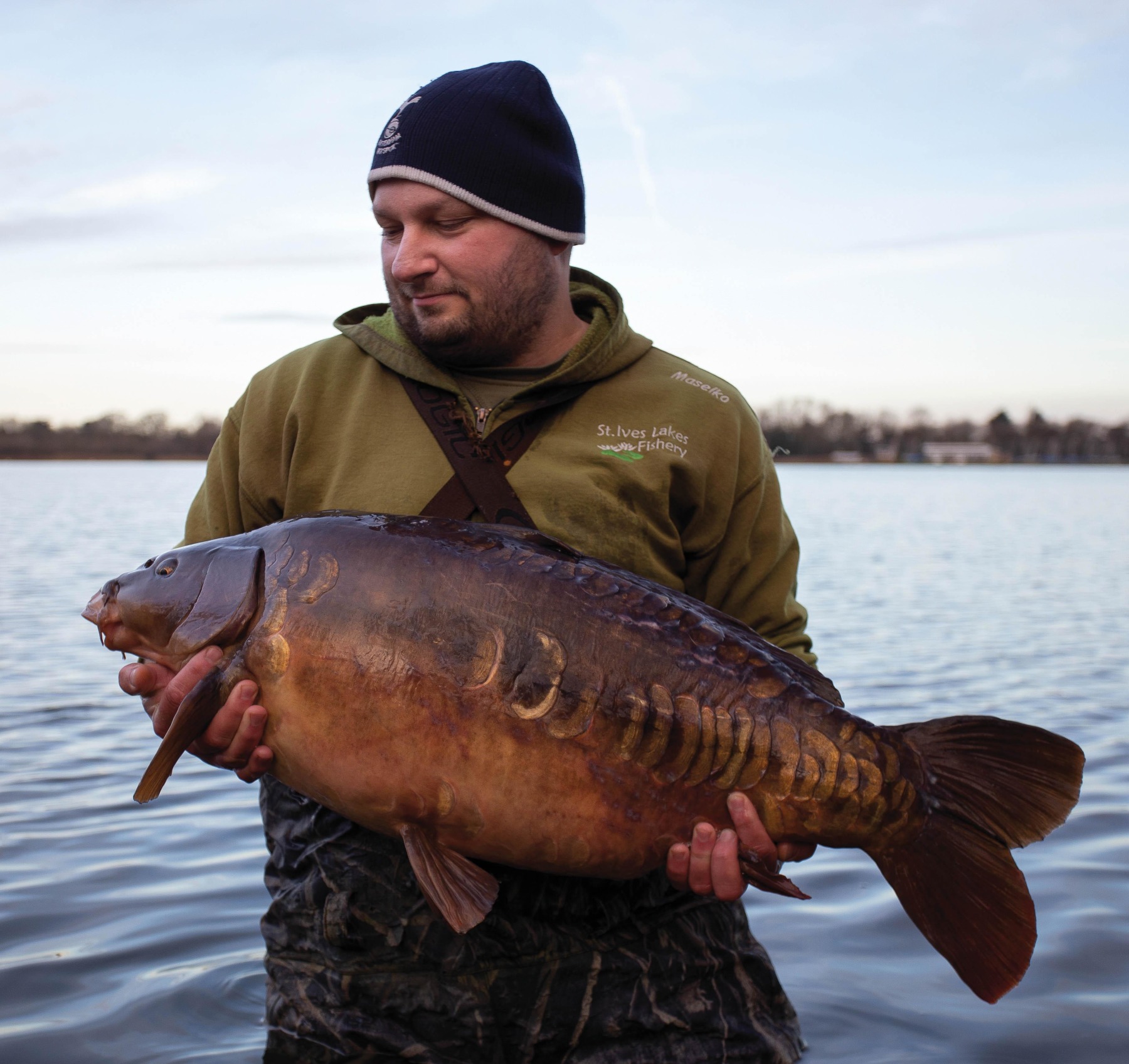
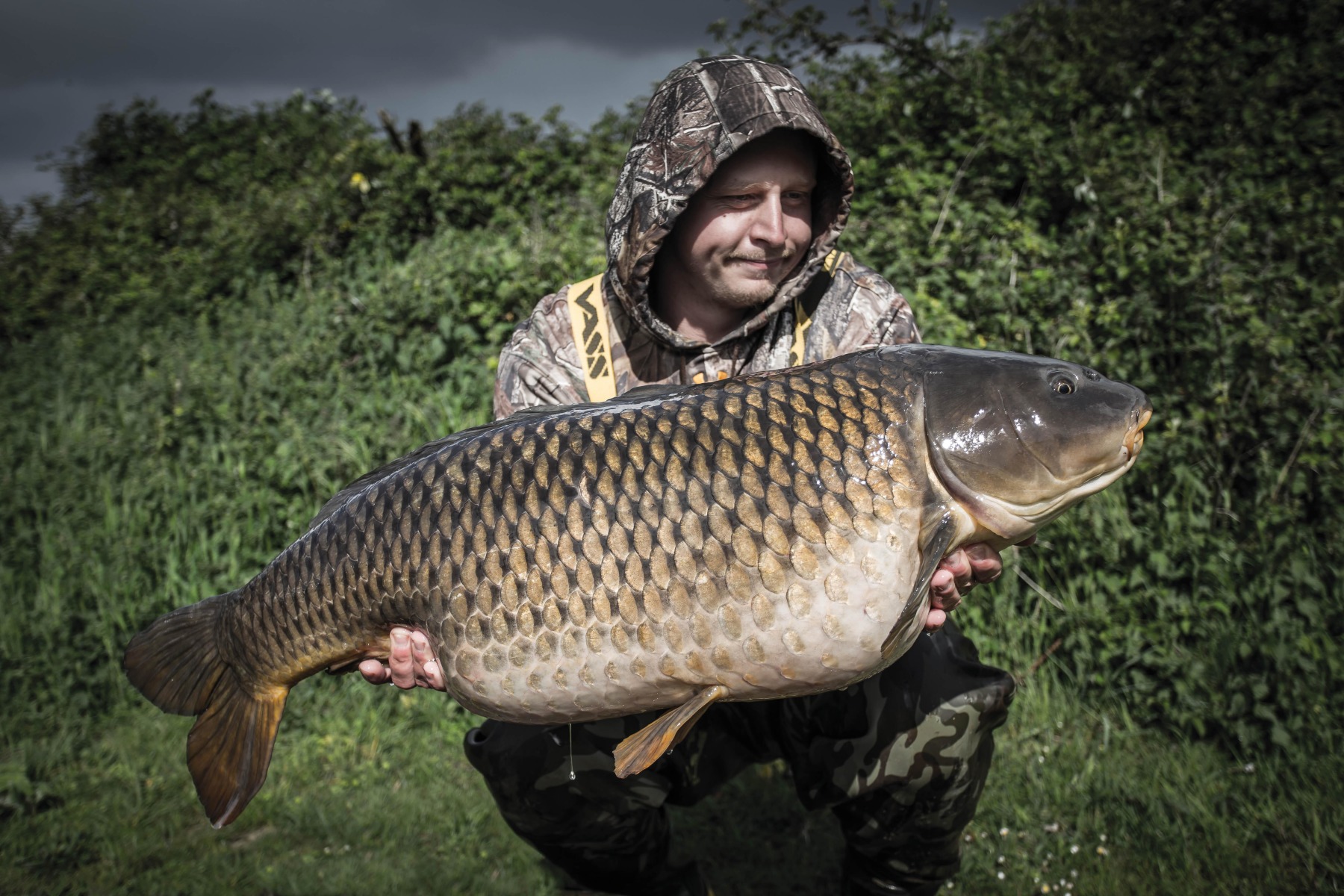
Creativity
Most catch photos are similar. We tend to like photos that are taken square onto the subject, and very often from the height at which a carp can be held when kneeling. However, it can be refreshing to try something a bit different. Here are some examples...
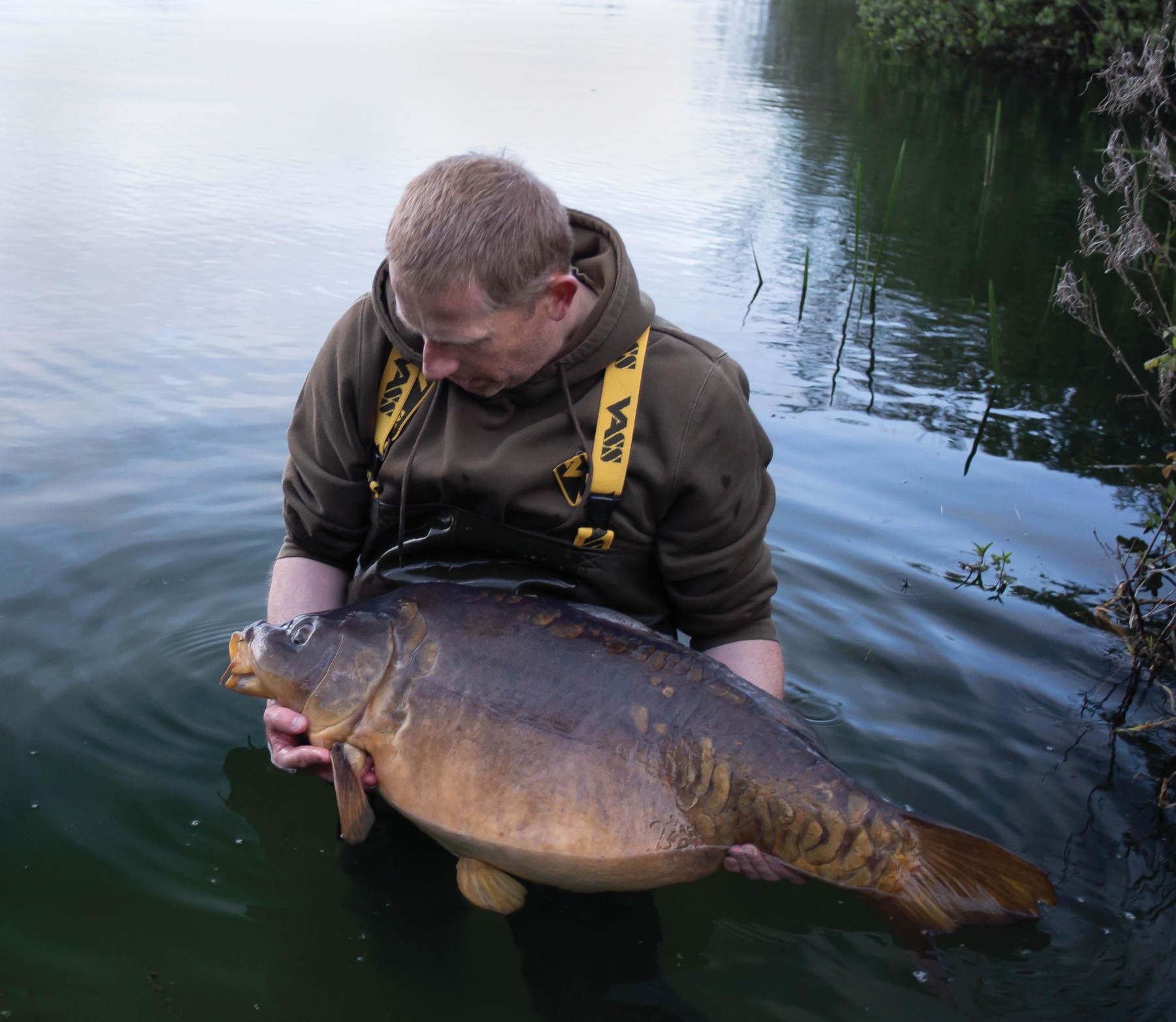
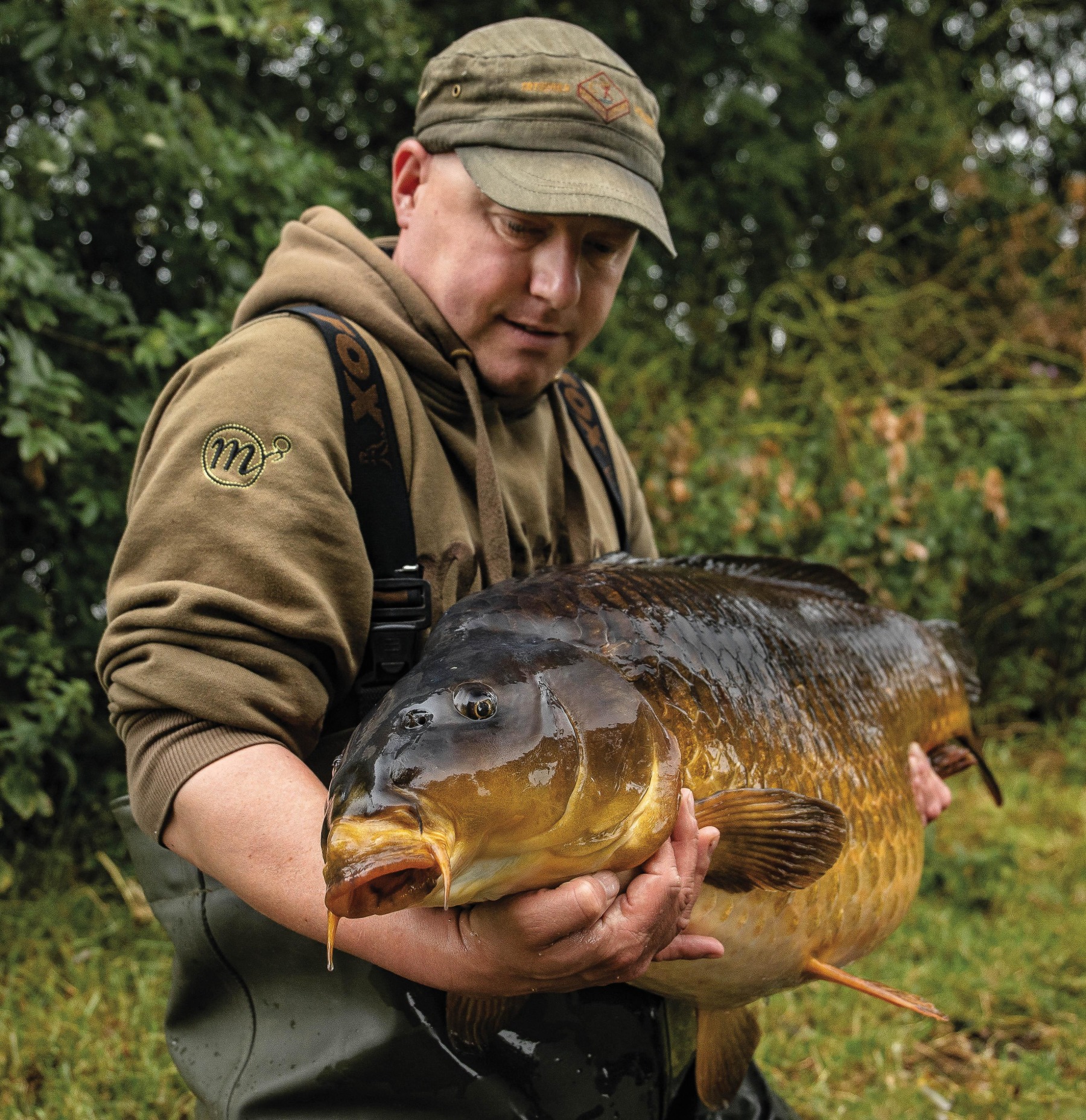
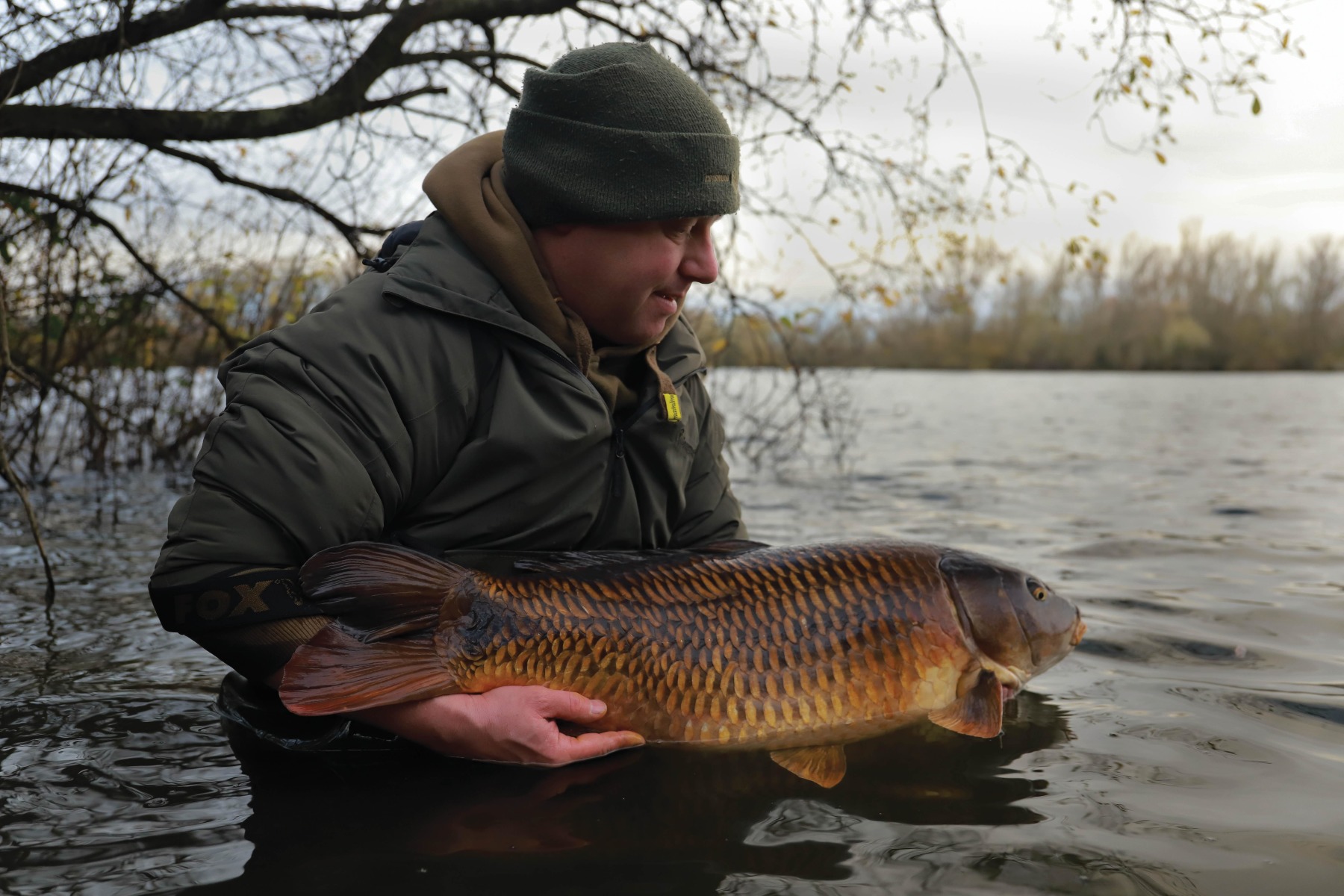
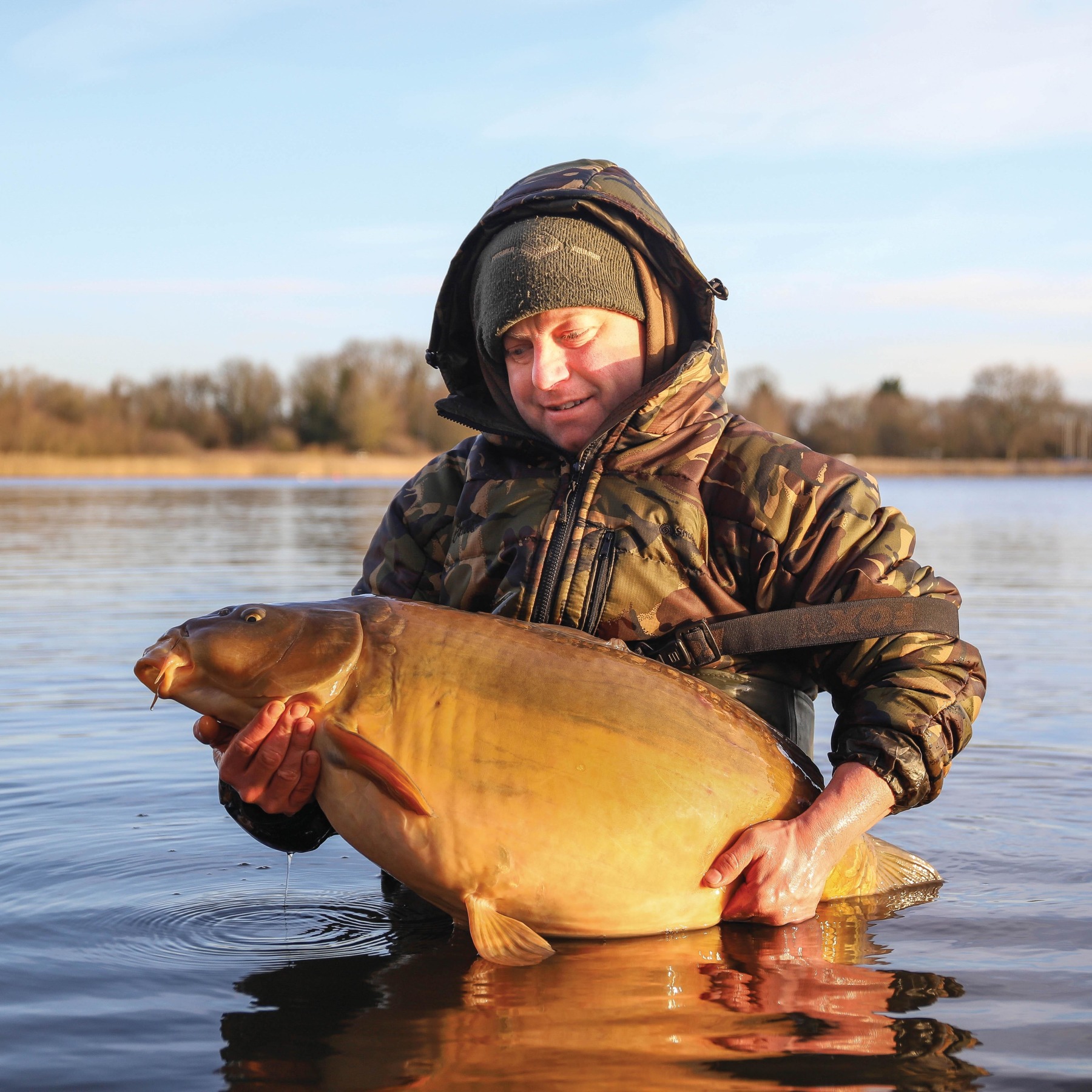
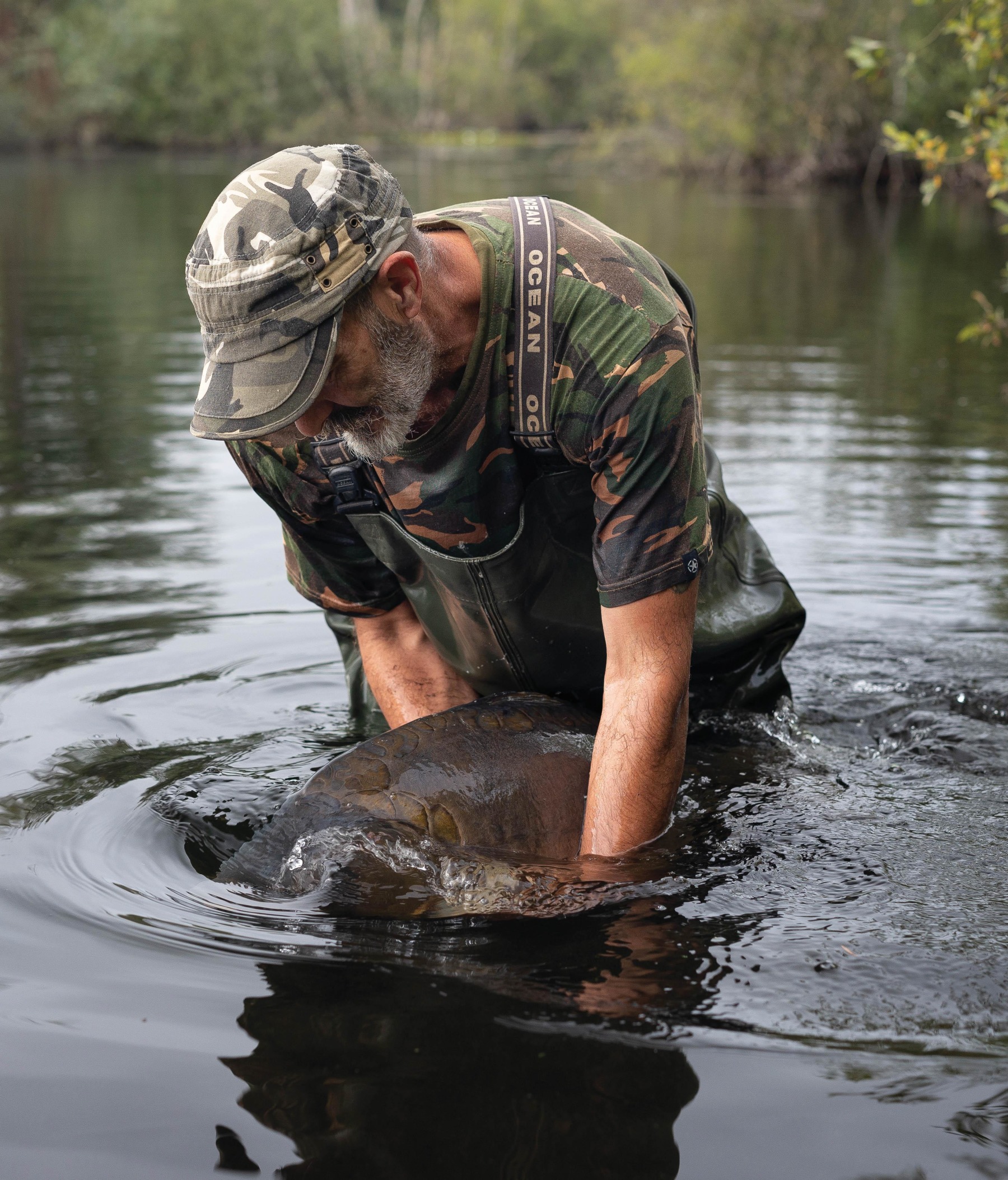
Things to avoid when composing your photo:
λ Branches which appear to be growing out of the angler’s head.
λ Dappled light on subjects, casting areas of shade.
λ Using very wide angle focal lengths (less than 20mm) that make the fish look disproportionately large.
λ Including the unhooking mat.
λ Cutting off part of the angler or fish.
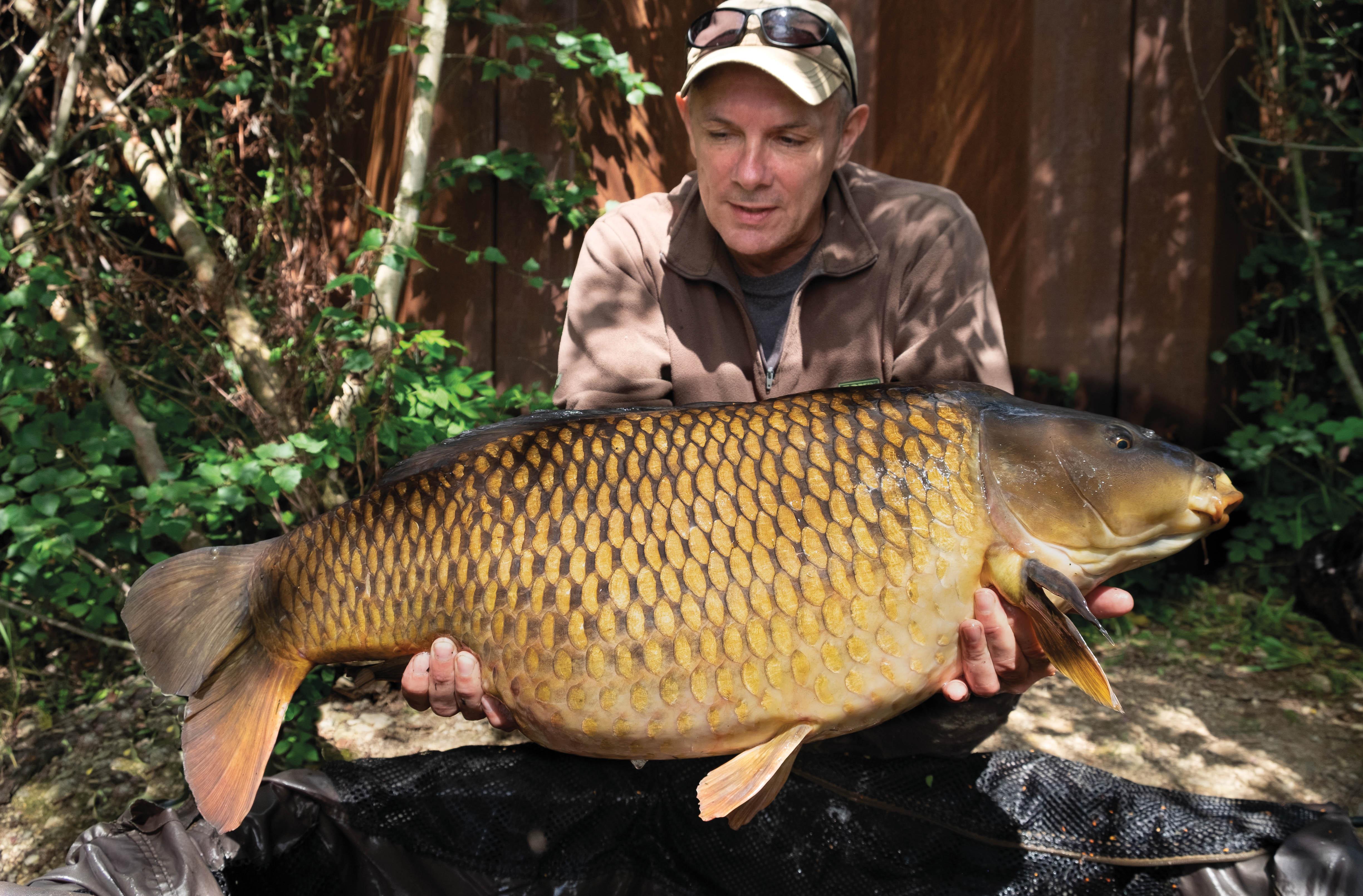
IN SUMMARY…
So, in conclusion, my top tips for mastering timing and composition in carp catch photos are:
Timing
λ Always have your camera ready to capture the decisive moments.
λ Being a good photographer is as much about having a keen eye and alert mind as it is about having good technical knowledge of how to operate your camera.
λ Keep taking photos throughout the shoot, capture the scene, the release, and don’t forget a celebration image.



